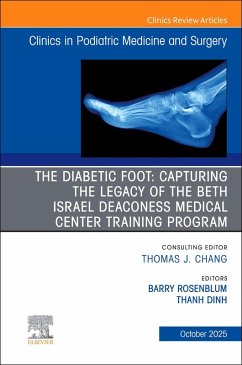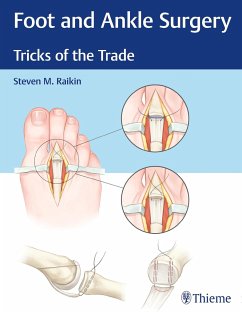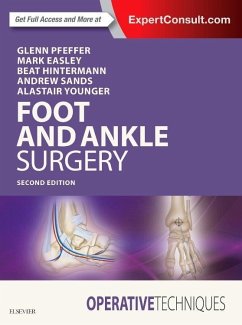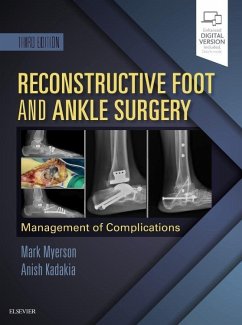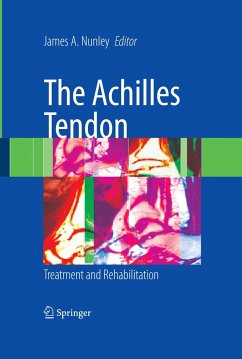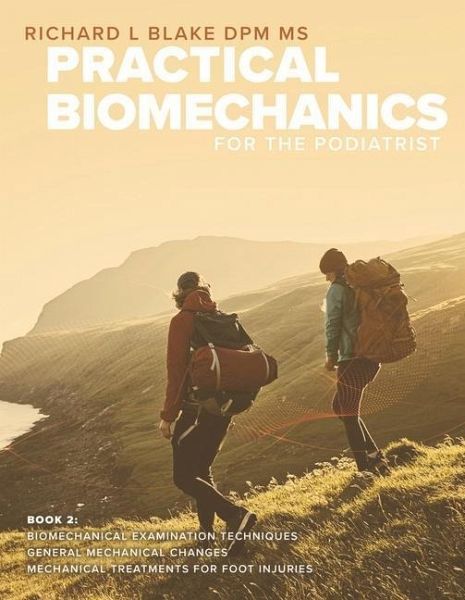
Practical Biomechanics for the Podiatrist
Book 2 Volume 2
Versandkostenfrei!
Versandfertig in über 4 Wochen
55,99 €
inkl. MwSt.

PAYBACK Punkte
28 °P sammeln!
"Practical Biomechanics for the Podiatrist" covers the mechanics of every foot and lower extremity injury and the corresponding pain syndromes. Book 2 completely reviews the biomechanical examination with both illustrations and descriptions. The practitioner is encouraged to practice each technique outlined, one at a time, until the technique is reproducible in their hands. In that way, the short- and long-term changes can be appreciated in their patients. These common 21 techniques and observations can focus the doctor/therapist on the patient's biomechanics, especially where their variations...
"Practical Biomechanics for the Podiatrist" covers the mechanics of every foot and lower extremity injury and the corresponding pain syndromes. Book 2 completely reviews the biomechanical examination with both illustrations and descriptions. The practitioner is encouraged to practice each technique outlined, one at a time, until the technique is reproducible in their hands. In that way, the short- and long-term changes can be appreciated in their patients. These common 21 techniques and observations can focus the doctor/therapist on the patient's biomechanics, especially where their variations can cause injury. Forefoot and First Ray Abnormalities are reviewed. Midfoot rigidity or hyper-flexibility are discussed. Subtalar joint, ankle joint, and other lower extremity deviations from normal are discussed. The second chapter of Book 2 begins a thorough discussion of the mechanical treatments utilized for patient care. The focus here is simply to outline what types of treatments are available, but also to begin the discussion of why podiatrists do certain things at various times for injury rehabilitation or maintenance of chronic conditions. These general topics are function of the standard functional foot orthotic device, general use of immobilizing braces and boots, general use of shoes, general use of OTC supplies, general use of taping, general use of padding, role of strengthening and flexibility, pronation control, supination control, correction of leg length, and correction of poor shock absorption. The last chapter of Book 2 is a discussion of mechanical treatments commonly utilized for foot problems. Nineteen specific problems from First Metatarsal Phalangeal Joint pain, Morton's Neuromas, Tarsal Tunnel, Plantar Fasciitis, Posterior Tibial Tendon pain, Metatarsal Stress Fractures, and Lisfranc's Injury are discussed in general with relationship to their biomechanics and the various treatments available. The goal is to give many treatment options, most of which are done by the patient, to help all patients recover completely and prevent the injury from re-occurring. For many injuries, treatment may be started after a foot surgery is performed or in an attempt to avoid surgery altogether.



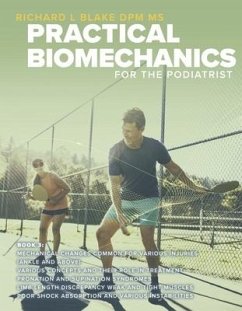
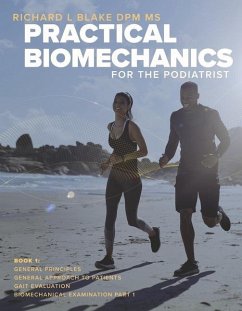
![A Concise Treatise on Corns, Bunions, and the Disorders of Nails [electronic Resource]: With Advice for the General Management of Feet Cover A Concise Treatise on Corns, Bunions, and the Disorders of Nails [electronic Resource]: With Advice for the General Management of Feet](https://bilder.buecher.de/produkte/71/71657/71657581n.jpg)
